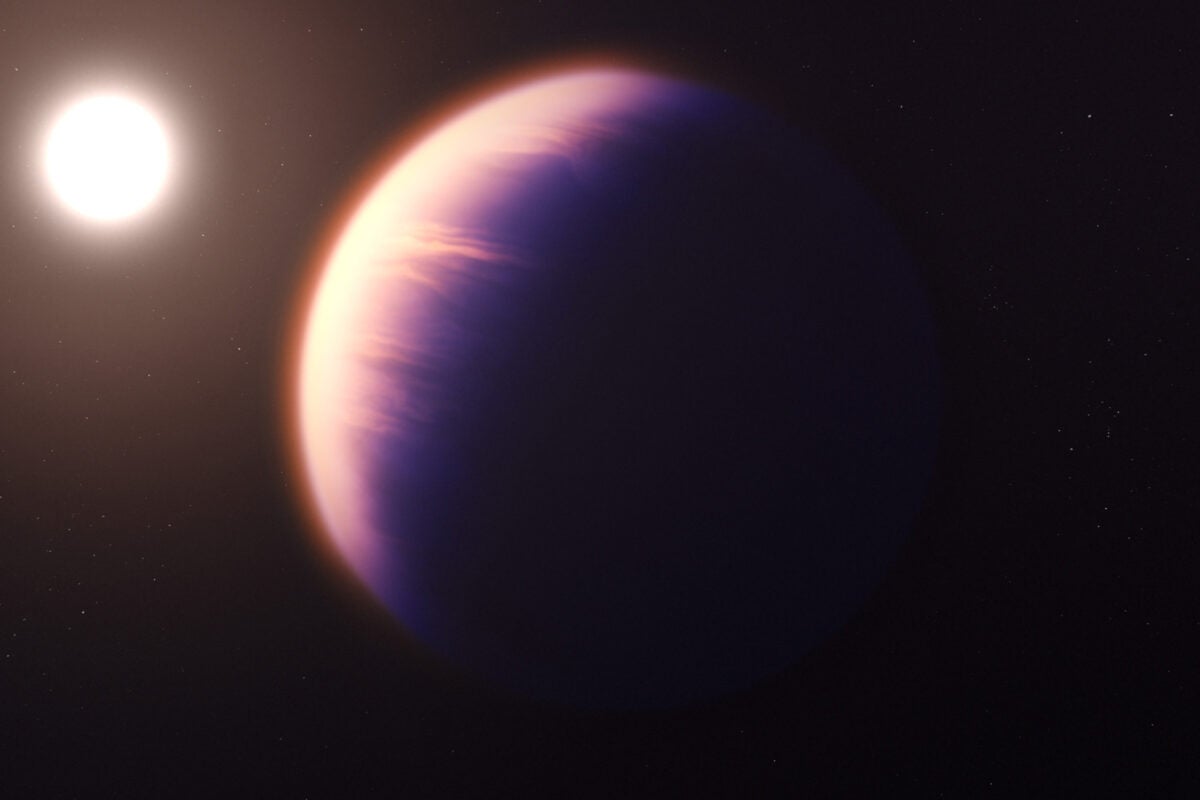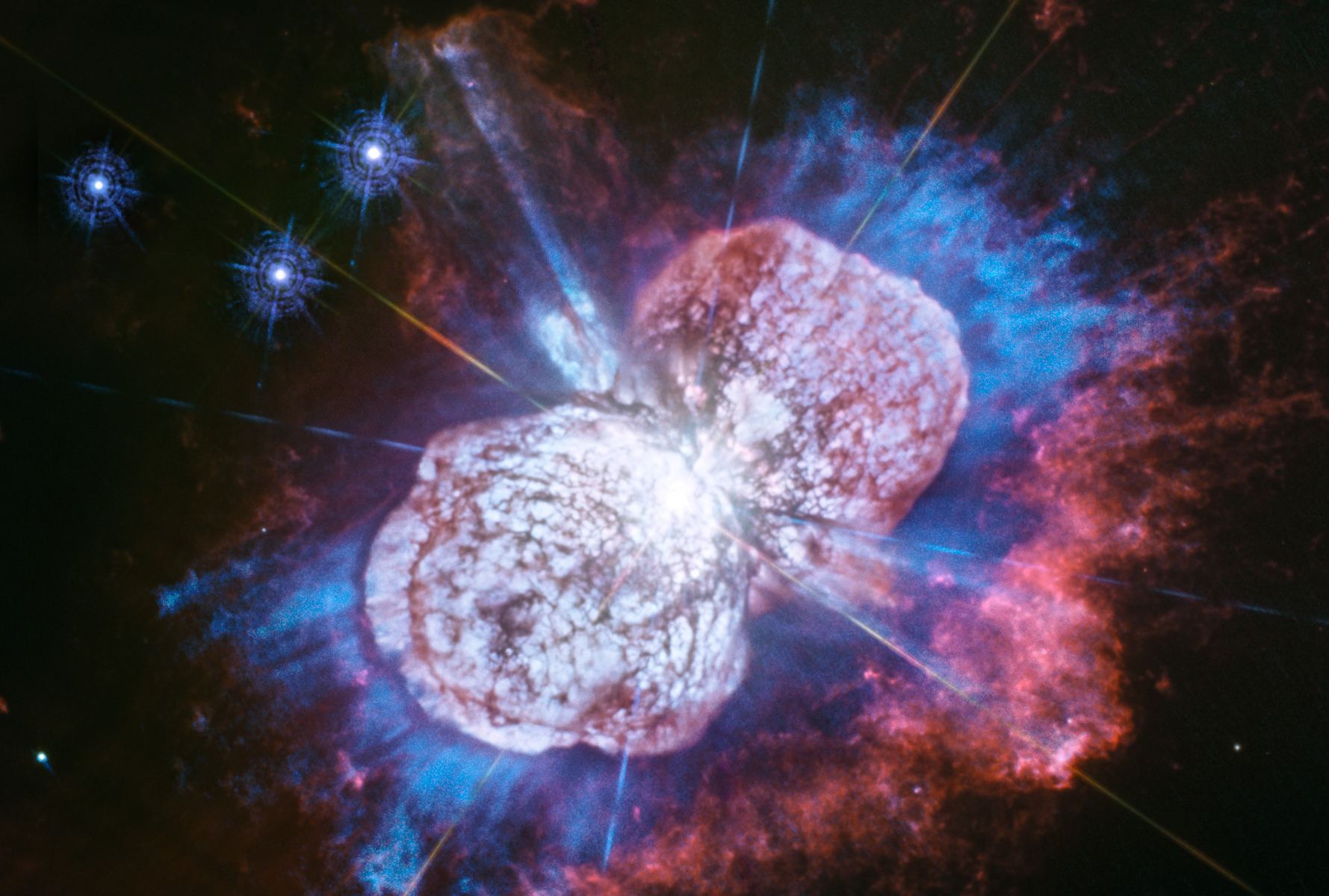Searching life on exoplanets: Part I
What are exoplanets and how do we discover them?
An exoplanet is any planet beyond our solar system. Some orbit stars but those that are not bound to any star are called rogue planets. Exoplanets are made up of similar elements as planets in our solar system where exoplanets can be very rocky like Earth or full of gas like Saturn. However, they can be different by being composed of water, ice or even iron and carbon. Planets are detected with methods like the transit method where the decrease in light of a star as a planet blocks it while orbiting is measured. Another method is gravitational lensing where telescopes like Hubble monitor how the light from a star is distorted or bent due to the gravitational influence of a potential planet orbiting.
What is the habitable zone?
Talking about life on exoplanets, we need to first understand the concept of a habitable zone. It's the distance from a star at which liquid water could exist on the planet’s surface, as long as it has a suitable atmosphere. It is thought that the surface temperatures around that area could allow the accumulation of water, and therefore allow life. The earth lies in the sun’s habitable zone and has a good atmosphere. However, you may be wondering about the moon since it also lies in the zone with Earth. The issue is that it has no atmosphere, causing there to be no life. The size, temperature and type of the star are factors that cause its habitable zone to vary. Looking for planets in the habitable zone of stars is one of the best ways to begin the search of finding life.
What factors are needed for life to exist?
Before diving into the possibility of life on exoplanets, let’s look at the basic necessities for it to exist. Of course, the planet’s habitable zone is needed to have the right amount of heat to have water present. Water is crucial because it’s needed for cells to undergo cellular respiration for energy and growth. A planet is also needed to be the right size to have sufficient gravity to hold a suitable atmosphere to protect the surface from meteorites and keep warm, like Earth. Although Venus has a good size, its atmosphere is much denser than ours and it is mostly composed of greenhouse gasses, making it too hot for life.
It also depends on the amount of X-ray and UV radiation the planet receives from its star which can influence the presence of its atmosphere. High levels of such radiation leave a planet warm but airless. Additionally, a steady source of light is needed to allow photosynthesis and other chemical reactions to occur. Lastly, nutrient systems like water cycles, volcanic activity and nitrogen cycle are needed for nutrients to circulate within ecosystems for organisms to use for growth.
☕ Hubble tea of the post! ☕
Today, we’ll learn about the Eta Carinae! In the bright middle, there are 2 massive stars that are in orbit of each other. There are 2 lobes of material which came from a huge eruption 200 years ago. These stars were near the end of their life and exploded very violently, releasing a lot of light. It used to be so bright it was visible in the 1800s, but it has faded slightly with time. With time, the lobes of material are slowly drifting away into space and the dust as it expands is also lit up by the stars within it. Hubble was able to take the other photo below using its RGB filters, also showing us light at wavelengths not visible to the naked eye (infrared and ultraviolet). The blue as you can see is the light emitted by magnesium and the red is emitted by nitrogen. Hubble has been useful in showing us what reactions or interactions between cosmological elements take place in the nebula!
Vocabubbleary: A nebula is simply just a cloud of dust and gas in space
Image from: Wikipedia
Image from: Universe Today
So that wraps it up the first part of finding life on exoplanets! The next part will be out soon so keep a look out for it where we will discuss ideas like biomarkers and the probability of life existing out in space! There is a lot of work being done in this journey by scientists to find life like us out there in the universe. There is even a new field for this study called astrobiology, so if this is something you’re interested in, check it out! Remember to enjoy learning about our beautiful universe while sipping space tea! 🔭✨
Socials!
Instagram: hubble._.tea
Twitter: hubble0_0tea






Comments
Post a Comment